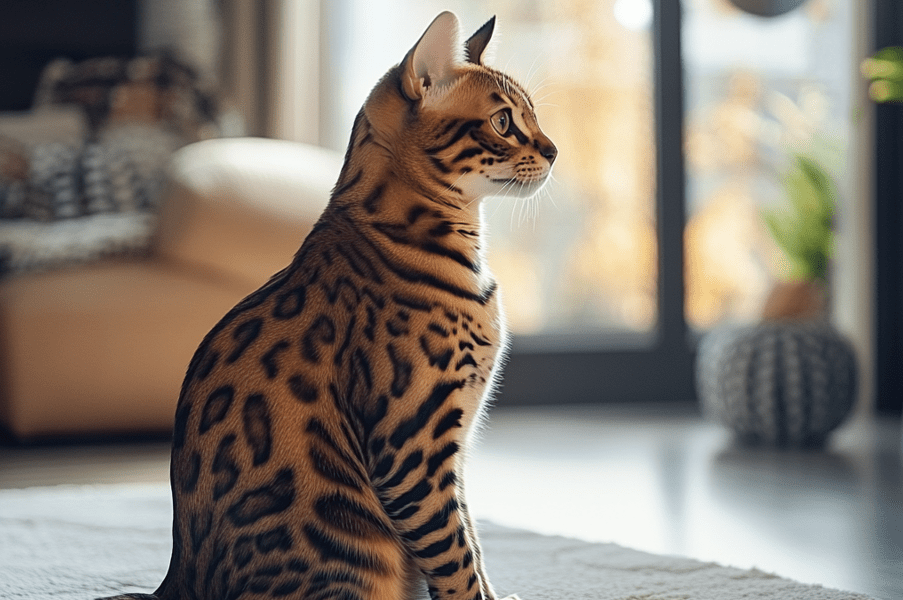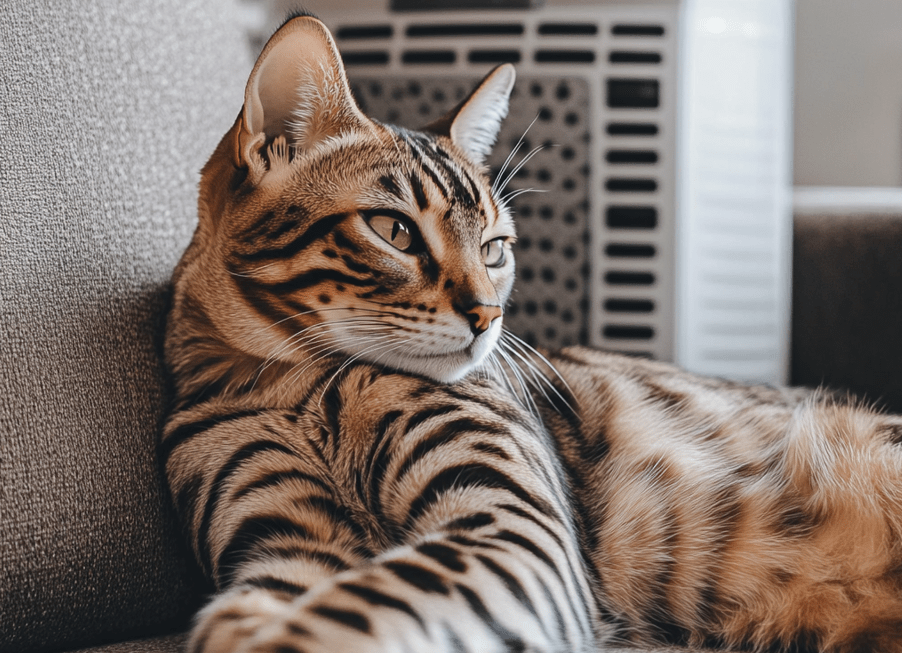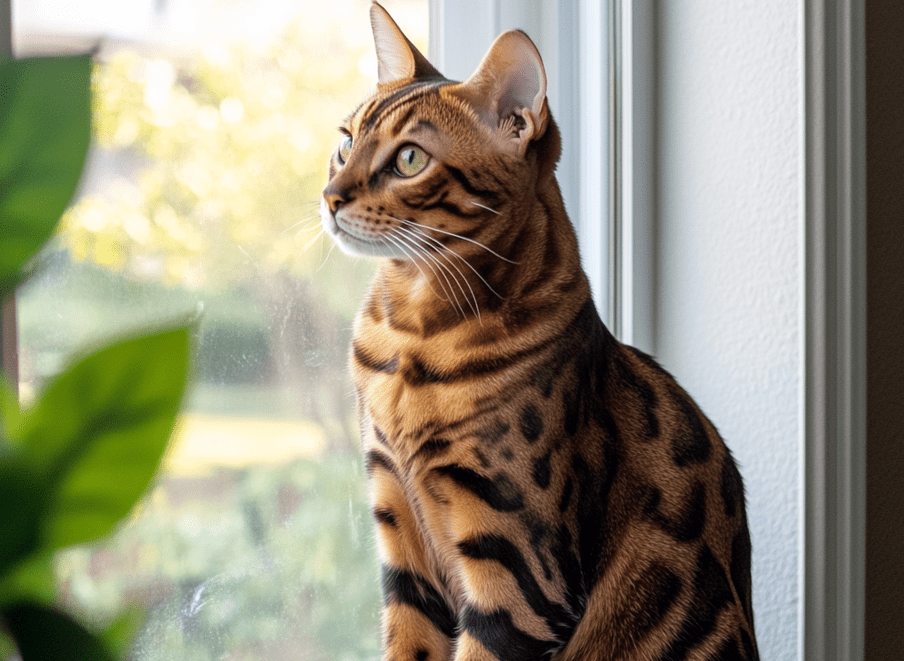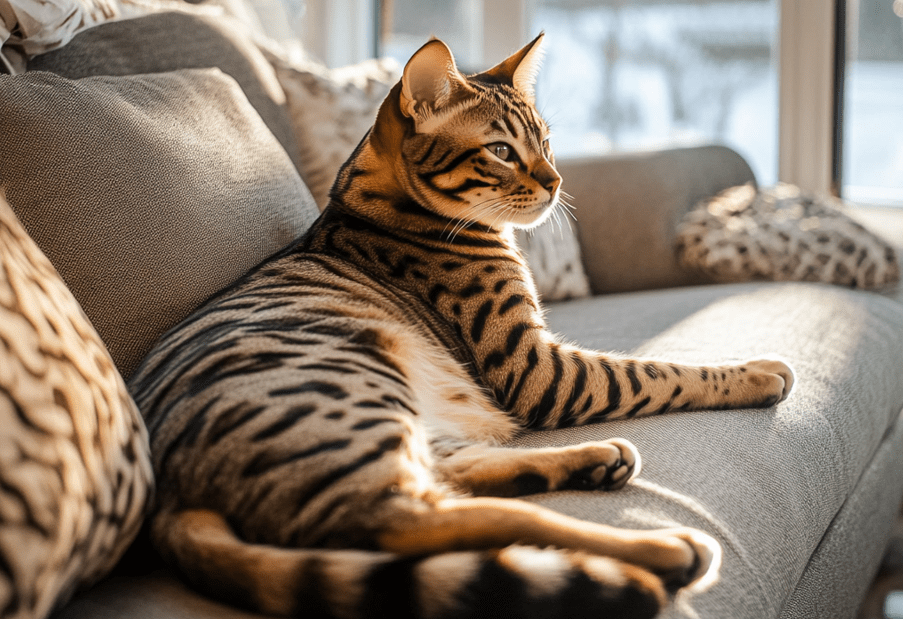
Bengal cats are renowned for their striking, leopard-like appearance and energetic personalities, making them a favorite among cat enthusiasts. However, understanding Bengal cat bloodlines is crucial for prospective owners, as their unique genetic heritage can influence their health and behavior. This article dives deep into the origins of Bengal cat bloodlines, the health risks associated with their genetics, and how responsible breeding practices can mitigate these concerns. Whether you’re a breeder, a potential owner, or simply a Bengal lover, this guide will provide valuable insights to ensure the well-being of these exotic felines.
What Are Bengal Cat Bloodlines?
Bengal cats trace their origins to the 1960s when Jean Mill, a California breeder, began crossing domestic cats with the Asian Leopard Cat (Prionailurus bengalensis), a small wild feline native to Asia. The goal was to create a domestic cat with the wild appearance of its ancestor while maintaining a friendly, sociable temperament. Over decades, selective breeding refined the Bengal breed, resulting in the stunning cats we know today.
A Bengal cat’s bloodline refers to its genetic lineage, which includes its ancestry and the specific traits inherited from its parents and predecessors. Bloodlines are critical because they determine not only the cat’s appearance—such as its rosetted coat or muscular build—but also its predisposition to certain health conditions. Responsible breeders carefully track bloodlines to maintain genetic diversity and reduce the risk of hereditary diseases.
Key Terms in Bengal Bloodlines
F1, F2, F3, etc.: These designations indicate the cat’s generational distance from the Asian Leopard Cat. An F1 Bengal is a first-generation hybrid (one parent is an Asian Leopard Cat), while an F4 Bengal is four generations removed, typically considered fully domestic.
Stud Book Tradition (SBT): SBT Bengals are at least four generations removed from the Asian Leopard Cat and are eligible for championship status in cat shows.
Foundation Cats: These are the original cats used to establish a bloodline, often including Asian Leopard Cats or early-generation hybrids.
Why Bloodlines Matter for Bengal Cats
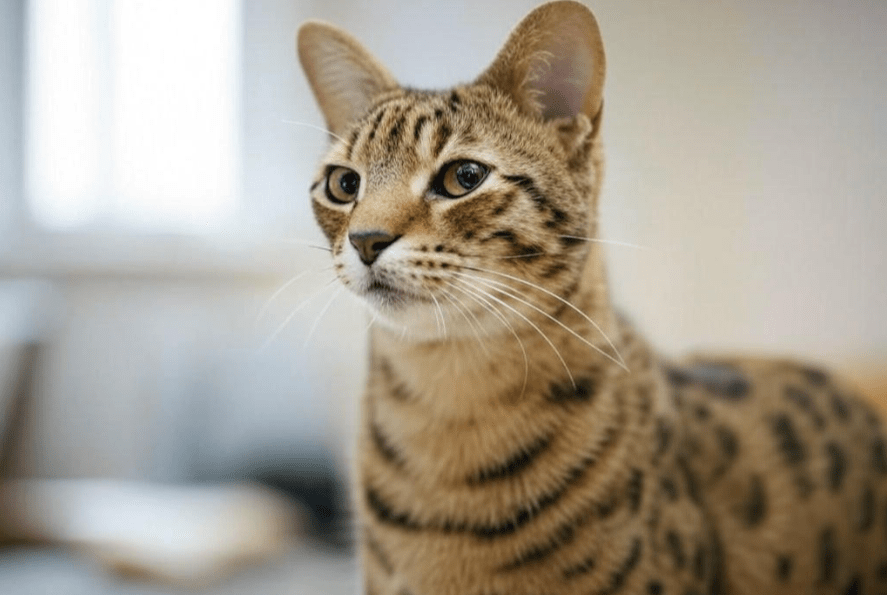
Understanding a Bengal cat’s bloodline is essential for several reasons:
Health Risks: Certain genetic conditions are more prevalent in specific bloodlines, and knowing a cat’s lineage helps identify potential risks.
Temperament: Early-generation Bengals (F1–F3) may exhibit wilder behaviors, while later generations (F4 and beyond) are typically more domesticated.
Appearance: Bloodlines influence coat patterns, such as marbled or rosetted, and physical traits like size and structure.
Breeding Decisions: Breeders use bloodline information to make informed pairings, avoiding inbreeding and promoting genetic diversity.
By researching a Bengal’s bloodline, owners can better prepare for their cat’s needs, from diet and exercise to veterinary care.
Common Health Risks in Bengal Cat Bloodlines
Bengal cats are generally healthy, but their hybrid ancestry and selective breeding can predispose them to certain genetic conditions. Below, we explore the most common health risks associated with Bengal cat bloodlines and how they relate to genetics.
1. Hypertrophic Cardiomyopathy (HCM)
Hypertrophic Cardiomyopathy is a heart condition where the heart muscle thickens, impairing its ability to pump blood effectively. HCM is one of the most common cardiac diseases in cats and has been identified in some Bengal bloodlines.
Genetic Link: HCM is hereditary, and certain Bengal bloodlines may carry the genetic markers for this condition. While the exact genes are still under study, breeders can reduce the risk by screening their breeding cats with echocardiograms.
Symptoms: Lethargy, rapid breathing, coughing, or sudden collapse. In severe cases, HCM can lead to heart failure or sudden death.
Prevention: Regular cardiac screenings, especially for breeding cats, are critical. Owners should schedule annual veterinary checkups to monitor heart health.
2. Progressive Retinal Atrophy (PRA)
Progressive Retinal Atrophy is an inherited eye disorder that leads to progressive vision loss and, eventually, blindness. PRA has been identified in some Bengal bloodlines, particularly those with limited genetic diversity.
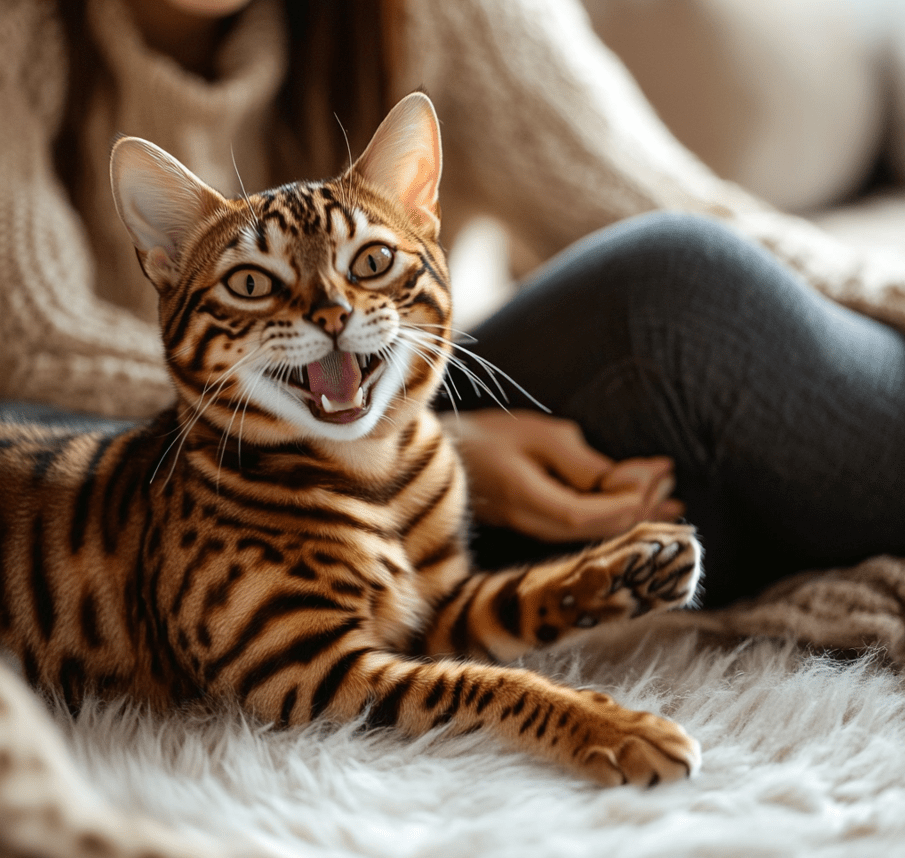
Genetic Link: PRA is caused by a recessive gene mutation. If both parents carry the mutation, their offspring are at risk of developing the condition.
Symptoms: Night blindness, dilated pupils, or bumping into objects. Diagnosis is confirmed through genetic testing or an eye exam by a veterinary ophthalmologist.
Prevention: Reputable breeders test their cats for the PRA-b mutation and avoid breeding carriers. Owners can request genetic test results when purchasing a Bengal kitten.
3. Polycystic Kidney Disease (PKD)
Polycystic Kidney Disease is a hereditary condition where cysts form in the kidneys, impairing their function over time. While PKD is more common in Persian cats, some Bengal bloodlines have shown susceptibility due to crossbreeding in the breed’s early development.
Genetic Link: PKD is inherited as an autosomal dominant trait, meaning only one parent needs to carry the gene for the offspring to be affected.
Symptoms: Increased thirst, frequent urination, weight loss, or lethargy. Ultrasound imaging can detect kidney cysts.
Prevention: Genetic testing and ultrasound screenings can identify carriers. Responsible breeders exclude PKD-positive cats from their breeding programs.
4. Feline Infectious Peritonitis (FIP)
Feline Infectious Peritonitis is a viral disease caused by a mutation of the feline coronavirus. While not directly hereditary, Bengals may be more susceptible due to their immune system genetics, particularly in early-generation hybrids.
Genetic Link: The Asian Leopard Cat’s immune system may influence the Bengal’s response to coronaviruses, though more research is needed.
Symptoms: Fever, weight loss, abdominal swelling, or neurological issues. FIP is often fatal, though new antiviral treatments show promise.
Prevention: Reducing stress, maintaining a clean environment, and vaccinating against other diseases can support a Bengal’s immune system. Breeders should avoid overcrowding to minimize coronavirus exposure.
5. Hip Dysplasia
Hip dysplasia, a condition where the hip joint develops abnormally, has been reported in some Bengal bloodlines. This can lead to pain, mobility issues, or arthritis.
Genetic Link: Hip dysplasia has a genetic component, though environmental factors like diet and exercise also play a role.
Symptoms: Limping, reluctance to jump, or difficulty moving. X-rays can confirm the diagnosis.
Prevention: Breeders can screen for hip dysplasia using radiographic evaluations. Owners should maintain a healthy weight for their Bengal to reduce joint stress.
6. Gastrointestinal Sensitivities
Bengals, particularly early-generation hybrids, may have sensitive digestive systems, possibly inherited from their wild ancestors.
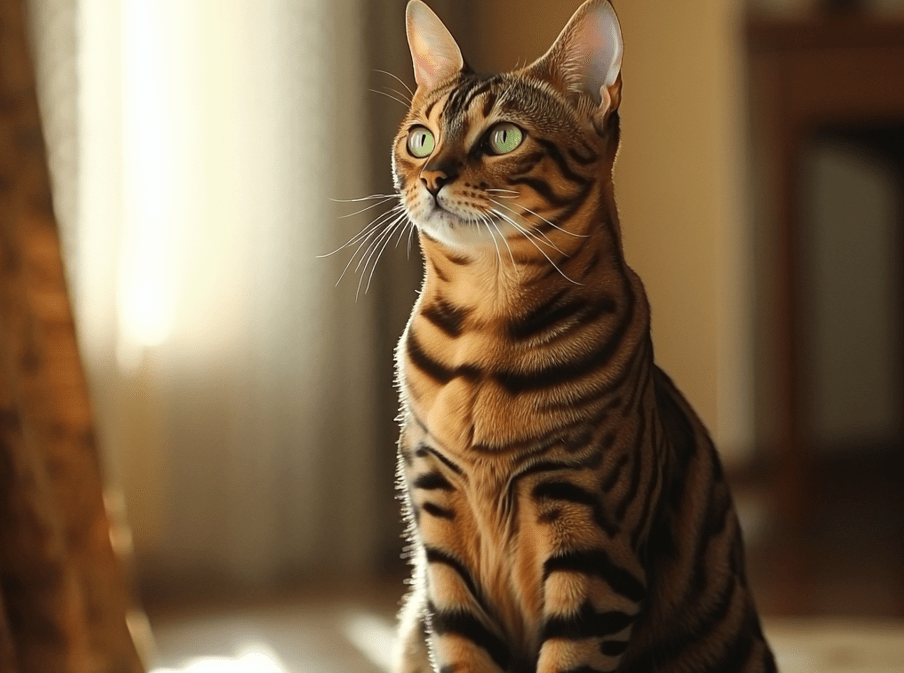
Genetic Link: The Asian Leopard Cat’s diet differs significantly from that of domestic cats, potentially affecting the Bengal’s gut microbiome.
Symptoms: Diarrhea, vomiting, or food intolerances. Bengals may require high-protein, grain-free diets.
Prevention: Feed a high-quality, easily digestible diet and consult a veterinarian for persistent issues. Avoid sudden dietary changes.
The Role of Responsible Breeding in Bengal Cat Health
Responsible breeding is the cornerstone of healthy Bengal cat bloodlines. Ethical breeders take several steps to minimize health risks and promote genetic diversity:
Genetic Testing: Breeders test for conditions like PRA, PKD, and HCM to avoid passing on harmful mutations.
Health Screenings: Regular veterinary exams, including echocardiograms, ultrasounds, and X-rays, ensure breeding cats are healthy.
Outcrossing: Introducing new bloodlines prevents inbreeding and reduces the risk of hereditary diseases.
Pedigree Tracking: Detailed records of a cat’s ancestry help breeders make informed pairing decisions.
Transparency: Reputable breeders provide health guarantees and share test results with buyers.
When choosing a Bengal kitten, ask the breeder about their testing protocols and request documentation of the parents’ health screenings. Avoid breeders who prioritize appearance over health or fail to provide genetic test results.
How to Research a Bengal Cat’s Bloodline
If you’re considering adopting or purchasing a Bengal cat, researching its bloodline is a proactive step to ensure its health and compatibility with your lifestyle. Here’s how to get started:
Request a Pedigree: A pedigree is a document outlining the cat’s ancestry, typically spanning three to five generations. It includes the names, titles, and bloodline details of the cat’s parents, grandparents, and beyond.
Ask About Generations: Confirm whether the cat is an F1, F2, F4, or SBT Bengal, as this affects temperament and health considerations.
Verify Health Testing: Ask for proof of genetic testing and health screenings for the kitten’s parents. Reputable breeders will provide this information willingly.
Consult Breed Associations: Organizations like The International Cat Association (TICA) or the Cat Fanciers’ Association (CFA) maintain breeder directories and breed standards.
Join Bengal Communities: Online forums, social media groups, and local Bengal clubs can connect you with experienced owners and breeders who can share insights about specific bloodlines.
Choosing a Healthy Bengal Kitten
When selecting a Bengal kitten, prioritize health and temperament over appearance. Here are some tips to guide your decision:
Visit the Cattery: Observe the living conditions, cleanliness, and socialization of the kittens. Healthy kittens should be active, curious, and well-cared-for.
Meet the Parents: If possible, meet the kitten’s parents to assess their health and behavior. This can give you a sense of what to expect from the kitten.
Review Contracts: Reputable breeders provide contracts with health guarantees, spay/neuter agreements, and return policies.
Ask About Socialization: Bengals require early socialization to develop their friendly, outgoing personalities. Ensure the kitten has been exposed to people, sounds, and other pets.
Plan for Veterinary Care: Schedule an initial vet visit to confirm the kitten’s health and discuss vaccinations, diet, and preventive care.
Living with a Bengal Cat: Health and Wellness Tips
Owning a Bengal cat is a rewarding experience, but their unique needs require attentive care. Here are some tips to keep your Bengal healthy and happy:
Regular Veterinary Checkups: Annual exams and early detection are key to managing hereditary conditions like HCM or PRA.
Balanced Diet: Feed a high-protein, high-quality diet tailored to your Bengal’s needs. Consult your vet for recommendations, especially if your cat has digestive sensitivities.
Exercise and Enrichment: Bengals are highly active and intelligent. Provide climbing trees, interactive toys, and playtime to keep them physically and mentally stimulated.
Stress Management: Minimize stress through a stable routine, a clean litter box, and a safe environment, as stress can exacerbate health issues like FIP.
Spay/Neuter: Unless you’re a registered breeder, spay or neuter your Bengal to prevent unwanted litters and reduce the risk of certain cancers.
The Future of Bengal Cat Bloodlines
As the Bengal breed continues to evolve, advancements in genetic research and breeding practices are improving the health and longevity of these cats. Collaborative efforts between breeders, veterinarians, and researchers are identifying new genetic markers for hereditary diseases, enabling more precise screening methods. Additionally, increased awareness of responsible breeding is reducing the prevalence of health issues in Bengal bloodlines.
For owners, staying informed about their cat’s bloodline and supporting ethical breeders will contribute to a healthier future for the breed. By prioritizing genetic diversity and health over aesthetics, the Bengal cat community can ensure that these magnificent felines thrive for generations to come.
Conclusion
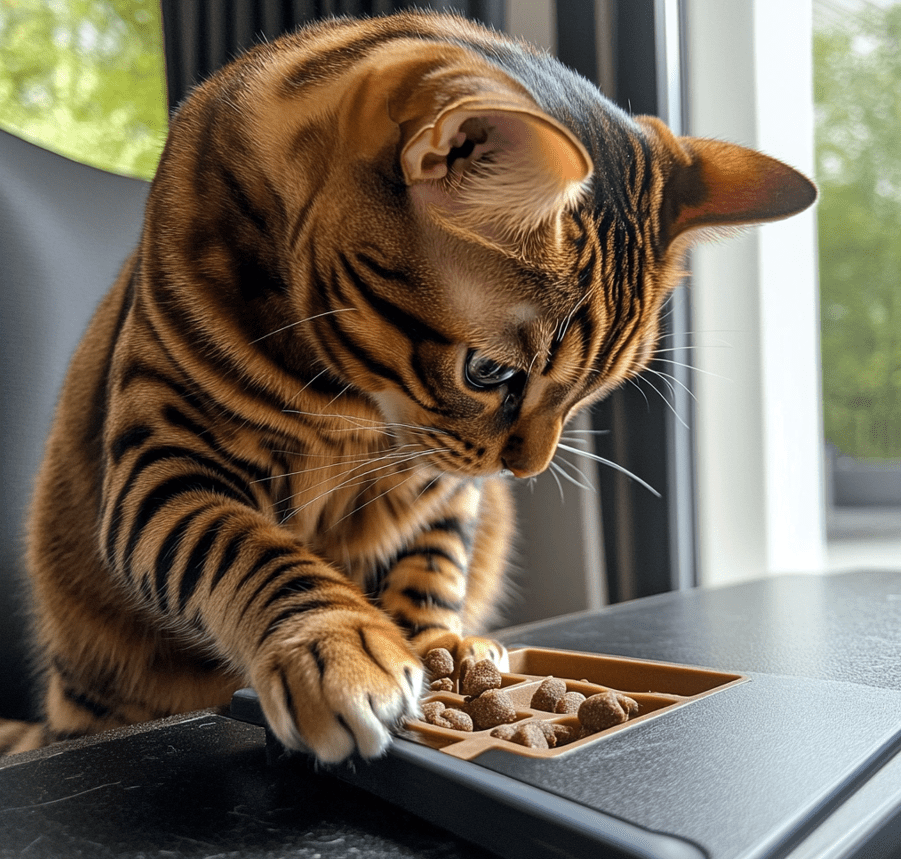
Understanding Bengal cat bloodlines is more than an exercise in genealogy—it’s a vital step in ensuring the health and happiness of these extraordinary cats. From their hybrid origins to the specific health risks tied to their genetics, Bengal bloodlines offer a roadmap for responsible ownership and breeding. By researching a cat’s lineage, choosing a reputable breeder, and providing attentive care, you can enjoy a long, fulfilling relationship with your Bengal companion. Whether you’re drawn to their wild appearance or their playful spirit, a healthy Bengal is a testament to the power of informed decisions and dedicated care.

